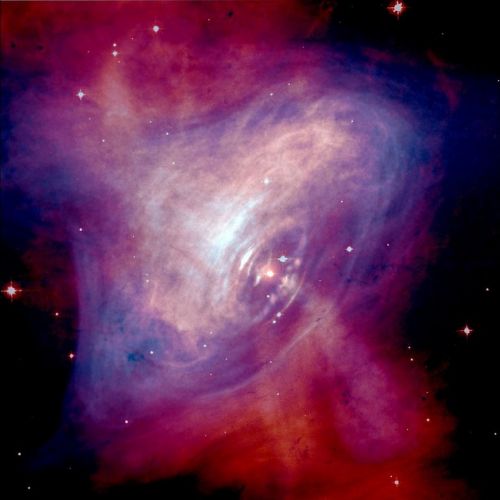Astronomy: The Gaia Satellite Revolutionizes Our Vision Of The Milky Way
The Gaia mission is one of the most important scientific missions of the European Space Agency since 2013. The data collected by the satellite of the same name are shattering our view of the Milky Way and should greatly contribute to our knowledge of the universe.
A 3D cartography of our galaxy
Gaia is the name of the European satellite put into orbit in 2013 by the European Space Agency, or ESA, to map our galaxy in 3D and trace its 13-billion-year-old history.
To do this, this satellite has positioned itself in the famous second Lagrange point L2, located 1.5 million kilometers from Earth and opposite the Sun. From this space outpost, where it was recently joined by NASA's James webb Telescope, it was able to conduct the largest census of Milky Way stars to date.
Gaia is equipped with two telescopes and an ultra-precise photographic sensor that allow it to scrutinize the stars in our galaxy in detail. Not only does it map them in 3D, but it also provides us with information on the chemical composition of the celestial objects it encounters.
A tool of unparalleled precision
The Gaia satellite, which just delivered its third data catalog in June 2022, is shaking up our vision of the Milky Way. This tool of unprecedented precision gives a new and particularly vivid vision of our galaxy.
Specialists already say that there will be a before and after Gaia in the history of astronomy. Indeed, its observations allow to create a 3D map of our galaxy of a precision never reached until now.
The precision of its observations is such that they will allow astronomers to trace the past of the Milky Way back more than 10 billion years, which will allow a better understanding of the origin, structure and dynamics of the Milky Way.
This satellite has delivered two catalogs or DR (for Data Releases), in September 2016 and April 2018. The publication of the third catalog on June 13, 2022 created the event, especially since this DR3 is much more complete than the previous two.
This new data catalog revealed a wealth of previously unpublished details, including photometric spectra that will allow for the first time estimates of the mass, color, temperature, and age of stars.
Valuable data for astronomers
The myriad of data collected day after day by this European satellite since July 2014 are fueling research in all areas of astrophysics.
Gaia's observations are of interest both to astronomers working on celestial objects close to us, such as the asteroids that crisscross our solar system, and to researchers interested in farther objects such as galaxies or quasars billions of light years away.
Each new catalog of data opens the door to new research, with fascinating discoveries about the universe in general and our galaxy in particular.
It will take until 2030 to obtain the last data from Gaia, which is scheduled to complete its observing mission in space in 2025.
But the European satellite already has some surprises in store for us: it has spotted for the first time stellar 'tremors', i.e. movements on the surface of a star that change its shape. Our galaxy, which has not yet delivered all its secrets, is proving to be more turbulent than expected!











